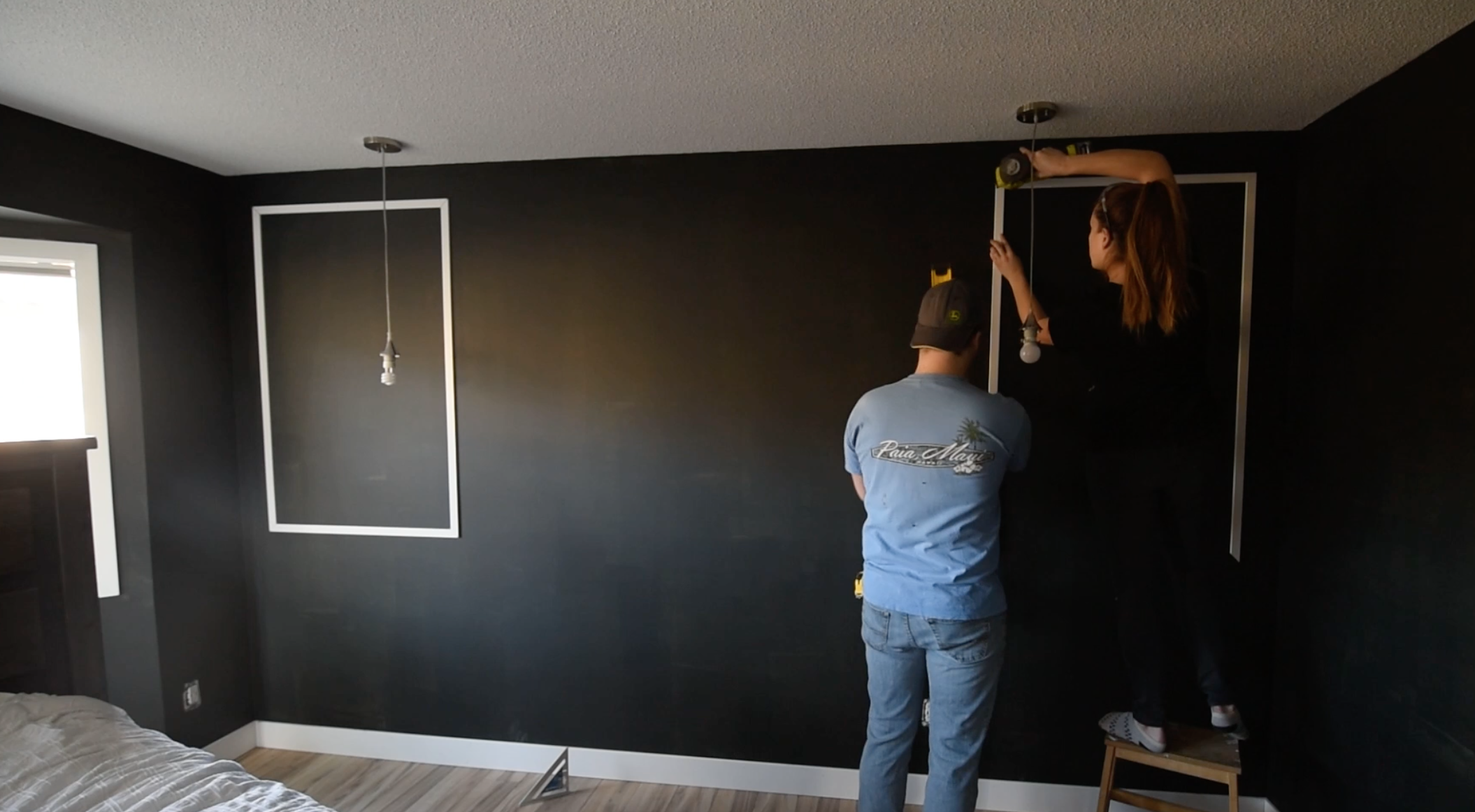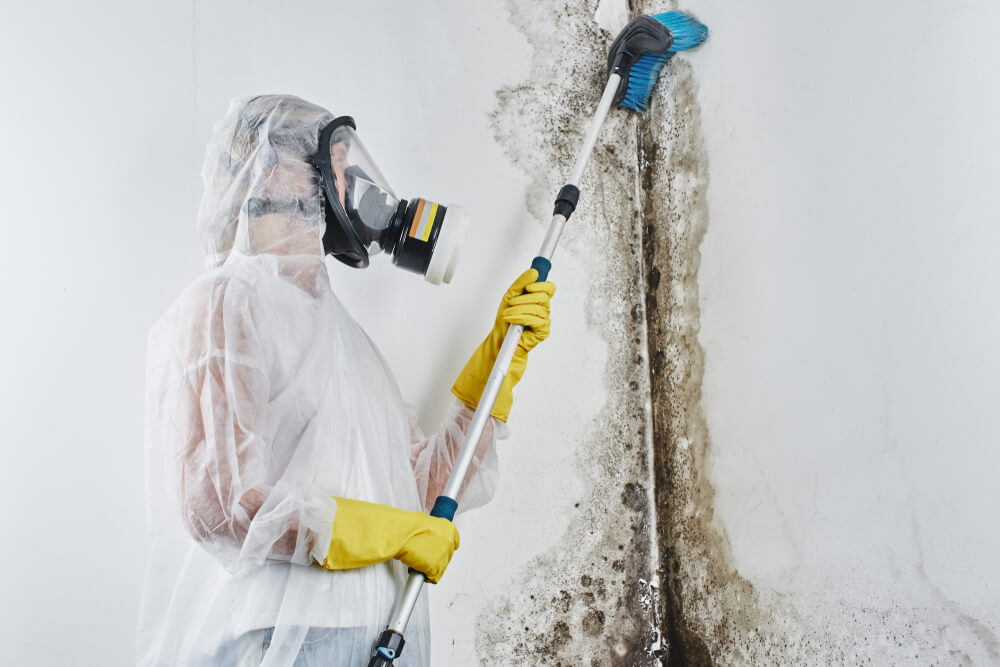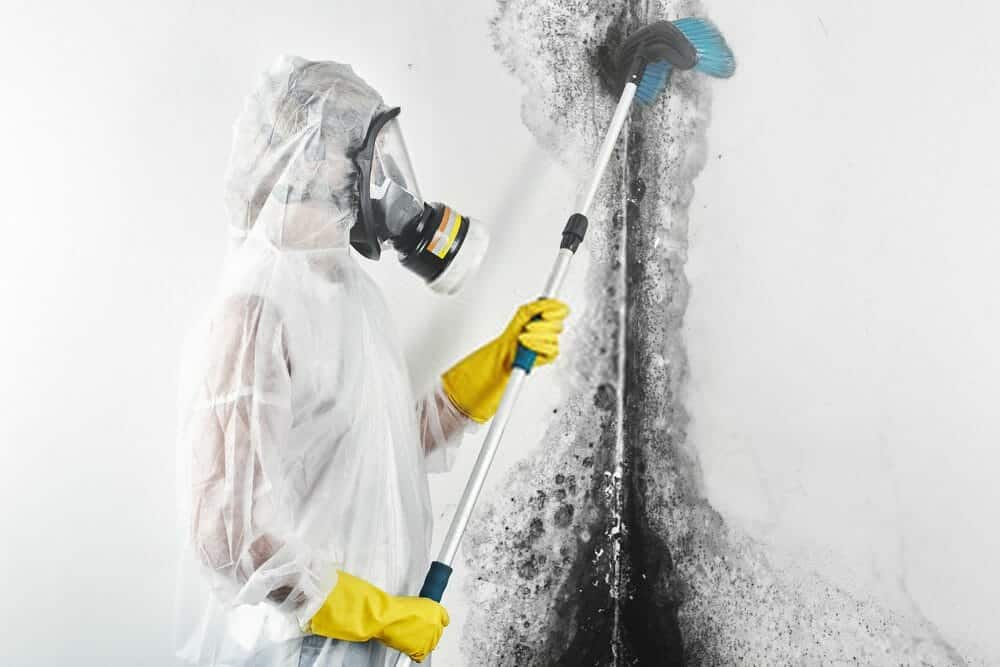Mould growth on furniture in the bedroom is a common problem that many homeowners face. Not only is it unsightly, but it can also cause health issues for those living in the house. Mould can be found on various types of furniture, from wooden dressers to upholstered headboards. In this article, we will discuss the top 10 ways to deal with mould on bedroom furniture and prevent it from coming back. Mould on furniture in bedroom
The first step in dealing with mould on furniture is to remove it completely. If the mould growth is small, you can try cleaning it yourself using a mixture of water and vinegar. Simply spray the solution onto the affected area and let it sit for a few minutes before wiping it off with a clean cloth. For larger areas of mould, it is best to seek professional help to ensure it is properly removed. How to remove mould from furniture
Prevention is key when it comes to mould, as it can be difficult to completely eliminate once it has started growing. To prevent mould from growing on your bedroom furniture, make sure to keep the room well-ventilated and free of excess moisture. You can also use a dehumidifier to reduce the humidity levels in the room, which will make it less hospitable for mould growth. Preventing mould growth on bedroom furniture
If you have wooden furniture in your bedroom, it is important to be careful when cleaning mould off of it. Using too much water can damage the wood, so it is best to use a dry cloth or brush to remove the mould. You can also use a mixture of water and baking soda, which will not only clean the mould but also help to deodorize the furniture. Cleaning mould from wooden furniture
For those who prefer natural solutions, there are a few options for removing mould from furniture. Tea tree oil is known for its antifungal properties and can be mixed with water to create a natural mould cleaner. Another option is to use a mixture of hydrogen peroxide and water, which can be sprayed onto the affected area and left to sit for a few minutes before wiping it off. Natural remedies for mould on furniture
For more stubborn mould growth on furniture, there are various products available on the market that are specifically designed for mould removal. Look for products that contain ingredients like bleach or ammonia, which are effective in killing mould. Make sure to follow the instructions carefully and wear protective gear when using these products. Best products for removing mould from furniture
Aside from keeping the room well-ventilated and using a dehumidifier, there are other steps you can take to prevent mould from growing on your bedroom furniture. Make sure to regularly clean and dust the furniture, as dust can attract mould spores. You can also use a mould-resistant paint or sealant on wooden furniture to prevent mould growth. How to prevent mould on bedroom furniture
If you prefer to take a more hands-on approach, there are a few DIY solutions for removing mould from furniture. One method is to mix equal parts of white vinegar and water in a spray bottle and use it to clean the affected area. You can also try using a mixture of borax and water, which can be sprayed onto the mould and wiped off after a few minutes. DIY solutions for mould on furniture
If you have a significant amount of mould growth on your bedroom furniture, it is best to seek professional help. Professional mould removal services have the necessary equipment and expertise to safely and effectively remove mould from furniture. They can also identify the cause of the mould growth and provide advice on how to prevent it from happening again. Professional mould removal for bedroom furniture
It is important to regularly check your bedroom furniture for any signs of mould growth. Look for discolored spots, a musty smell, or any visible patches of mould. If you notice any signs, it is best to act quickly and remove the mould before it spreads. Remember to always wear protective gear and follow safety precautions when dealing with mould. Tips for identifying and treating mould on furniture
Mould on Furniture in Bedroom: Causes and Prevention

Main Causes of Mould Growth on Furniture in Bedroom
 Mould growth on furniture in the bedroom is not only unsightly, but it can also have negative effects on your health. Mould is a type of fungus that thrives in damp, dark and humid environments. There are several factors that contribute to the growth of mould on furniture in the bedroom, including:
1. High humidity:
Humidity levels above 60% provide the ideal conditions for mould to grow. This is especially common in bedrooms that lack proper ventilation.
2. Leaks and moisture:
Leaks from roofs, windows or pipes can lead to excessive moisture in the bedroom, which can promote mould growth.
3. Poor air circulation:
A poorly ventilated bedroom can trap moisture and create a humid environment, making it a perfect breeding ground for mould.
Mould growth on furniture in the bedroom is not only unsightly, but it can also have negative effects on your health. Mould is a type of fungus that thrives in damp, dark and humid environments. There are several factors that contribute to the growth of mould on furniture in the bedroom, including:
1. High humidity:
Humidity levels above 60% provide the ideal conditions for mould to grow. This is especially common in bedrooms that lack proper ventilation.
2. Leaks and moisture:
Leaks from roofs, windows or pipes can lead to excessive moisture in the bedroom, which can promote mould growth.
3. Poor air circulation:
A poorly ventilated bedroom can trap moisture and create a humid environment, making it a perfect breeding ground for mould.
Prevention of Mould Growth on Furniture in Bedroom
 1. Control humidity levels:
Keeping humidity levels between 30-50% can help prevent mould growth. Consider using a dehumidifier in your bedroom, especially during humid months.
2. Fix leaks immediately:
Any leaks in your bedroom should be fixed as soon as possible to prevent moisture build-up.
3. Increase air circulation:
Keep windows and doors open to improve air circulation in your bedroom. You can also use fans or air purifiers to improve ventilation.
4. Regular cleaning and maintenance:
Regularly cleaning and dusting your furniture can prevent mould from growing. Pay special attention to areas that are prone to dampness.
1. Control humidity levels:
Keeping humidity levels between 30-50% can help prevent mould growth. Consider using a dehumidifier in your bedroom, especially during humid months.
2. Fix leaks immediately:
Any leaks in your bedroom should be fixed as soon as possible to prevent moisture build-up.
3. Increase air circulation:
Keep windows and doors open to improve air circulation in your bedroom. You can also use fans or air purifiers to improve ventilation.
4. Regular cleaning and maintenance:
Regularly cleaning and dusting your furniture can prevent mould from growing. Pay special attention to areas that are prone to dampness.
Conclusion
 Mould growth on furniture in the bedroom is a common problem that can be easily prevented by controlling humidity levels, addressing any leaks, and improving air circulation. By taking these simple steps, you can not only keep your bedroom looking clean and fresh, but also maintain a healthy living environment for yourself and your family. Remember, prevention is always better than cure when it comes to mould growth in your home.
Mould growth on furniture in the bedroom is a common problem that can be easily prevented by controlling humidity levels, addressing any leaks, and improving air circulation. By taking these simple steps, you can not only keep your bedroom looking clean and fresh, but also maintain a healthy living environment for yourself and your family. Remember, prevention is always better than cure when it comes to mould growth in your home.


































:max_bytes(150000):strip_icc()/clean-mold-off-wood-4767277-04-43708c9788ec46b2ae54f437ad5bbb3b.jpg)





















/GettyImages-504312298-2509253a39a841cd84970089b16e794e.jpg)

















































